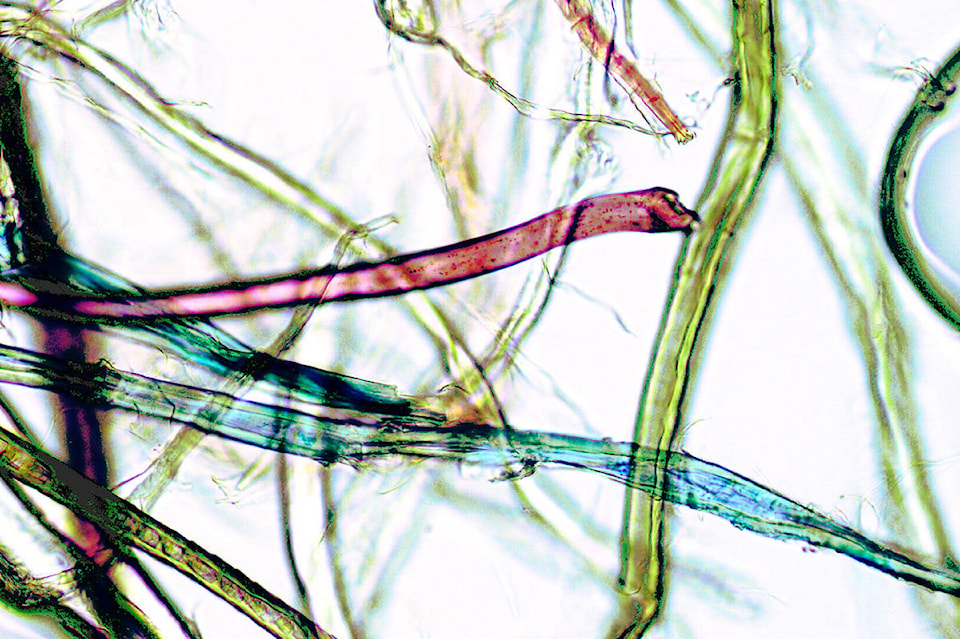Humans unknowingly eat spiders, calories and now, according to a new University of Victoria study, they’re eating micro-plastics.
According to the study, humans are consuming tens of thousands of plastic particles per year, a problem they say requires further research to understand the potential health impacts.
Microplastics are pieces of plastic under five millimetres in diameter — smaller than a sesame seed — that come from the degradation of larger plastic products or the shedding of particles from water bottles, plastic packaging and synthetic clothes.
READ ALSO: Salmon, whales ingest microplastic: study
The particles can easily sneak into our bodies undetected through the food we eat or the air we breathe.
Kieran Cox, a marine biology PhD candidate in UVic Biologist Francis Juanes’ lab, says human reliance on plastic packaging and food processing methods is a growing problem.
“Our research suggests microplastics will continue to be found in the majority — if not all — of items intended for human consumption,” says Cox. “We need to reassess our reliance on synthetic materials and alter how we manage them to change our relationship with plastics.”
READ ALSO: VIDEO: Ucluelet Aquarium surveying spread and threat of microplastic
Reviewing 26 previous studies and analyzing the amount of micro-plastic in fish, shellfish, sugars, salts, alcohol, water and air, which accounted for 15 per cent of Americans’ caloric intake. Through analyzing the amounts of foods people ate, based on their age, sex and dietary recommendations, Cox and his team were able to estimate that a person’s average micro-plastic consumption is between 70,000 and 121,000 particles per year and rising for those who drank bottled water closer to 100,000.
The majority of research to date has focused on seafood, but the new study indicates a significant amount of the plastic humans consume may be in the air we breathe or water we drink. More research is needed on microplastic levels in our foods — particularly major food groups like beef, poultry, dairy and grains — in order to understand health impacts and the broader problem of plastic pollution, says Cox.
The study, co-authored by scientists at UVic, Hakai Institute and Fisheries and Oceans Canada, was supported by the Natural Sciences and Engineering Research Council of Canada and the Liber Ero Foundation.
kendra.crighton@blackpress.ca
Follow us on Instagram Like us on Facebook and follow us on Twitter.

